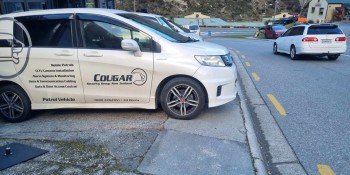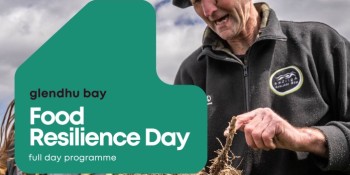Fears Wallaby may have spread further into Southland

Environment Southland is concerned the wallaby population in Aotearoa may have made it to Te Anau.
An investigation has been launched after a potential sighting this week, when a contractor identified possible wallaby scat.
The invasive pests, native to Australia, eat grass, native shrubs and trees, and can cause erosion issues and damage pastures.
Environment Southland's biosecurity and biodiversity operations manager, Ali Meade, said staff were working on a plan with the Otago Regional Council, which had experts on how to deal with the animals because they have been in Otago for a couple of years.
Bennett's wallabies wearing brightly coloured GPS collars were dropped into South Canterbury's wild terrain by helicopter last year as lures to control more of the invasive pest.
For the next 12 months, the 10 "spy wallabies" will be tracked on their journeys to see if they lead hunters to other wallabies that will then be shot.
The two-year programme is similar to wild goat and tahr control methods, and aims to reduce the damage the animal causes to native bush, farms, crops, forestry and local biodiversity.
Nearly 150 years after they were first introduced, it is estimated Bennett's wallabies occupy around 450,000 hectares of land in South Canterbury mostly around Hunter Hills, as well as Kakahu Forest near Geraldine and Pioneer Park near Fairlie.
Otago Regional Council's project delivery specialist - national programmes, Gavin Udy, said the research programme was about improving existing wallaby detection, surveillance and control methods, and finding new ways to address the problem.
"Finding wallabies across large landscapes and difficult terrain where there are few present, is labour intensive," Udy said.
"Any wallabies that go undetected allow small breeding populations to form and grow and become established over time. This is why it is critical that we develop new cost-effective tools to find wallabies in these environments."
The regional council is investing $110,000 towards the field work programme over two years.
The local and central government-backed, Tipu Mātoro National Wallaby Eradication Programme, also put $100,000 into the programme - with support from Environment Canterbury.
It aims to eliminate outlier populations of the pest entirely by 2025.





















